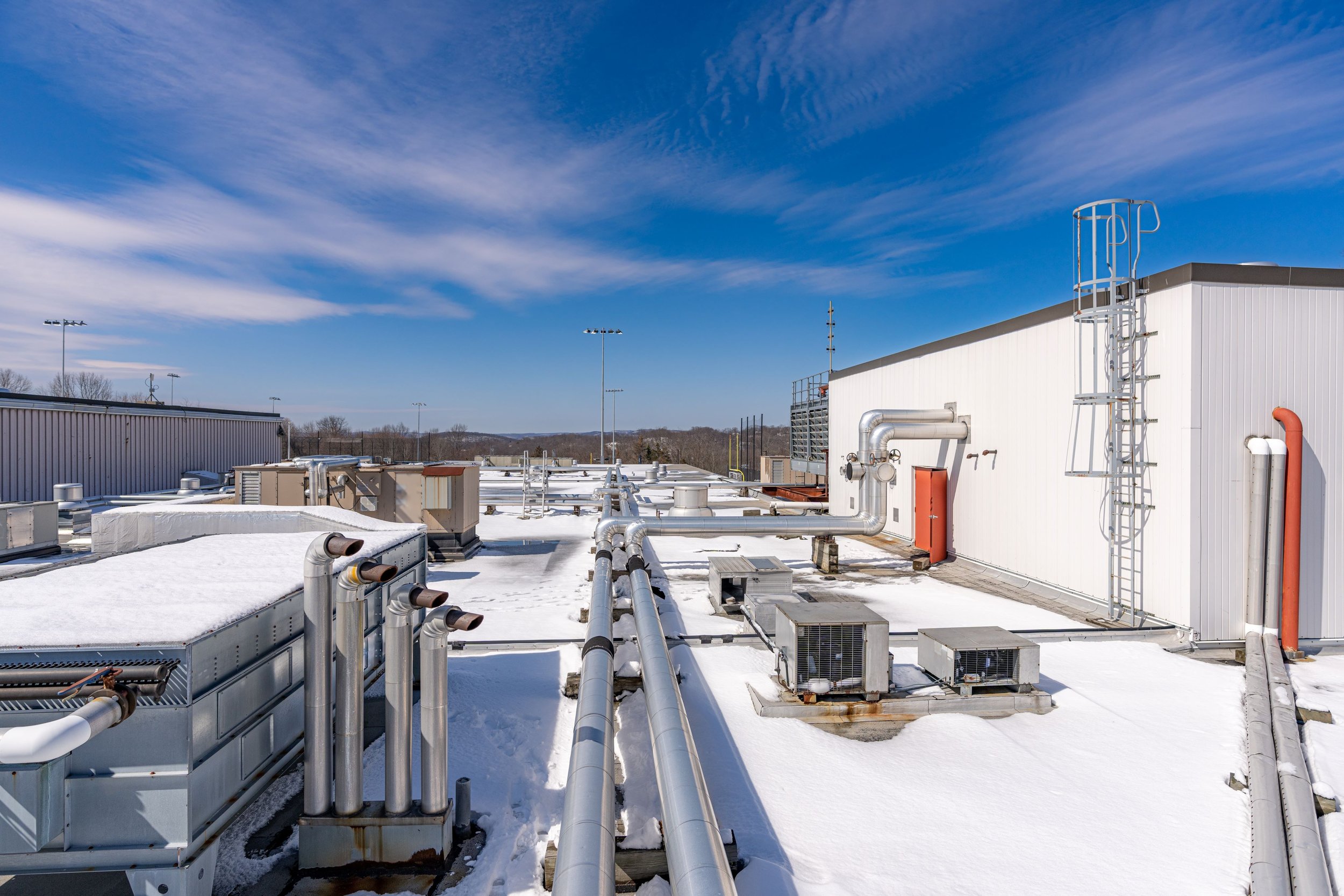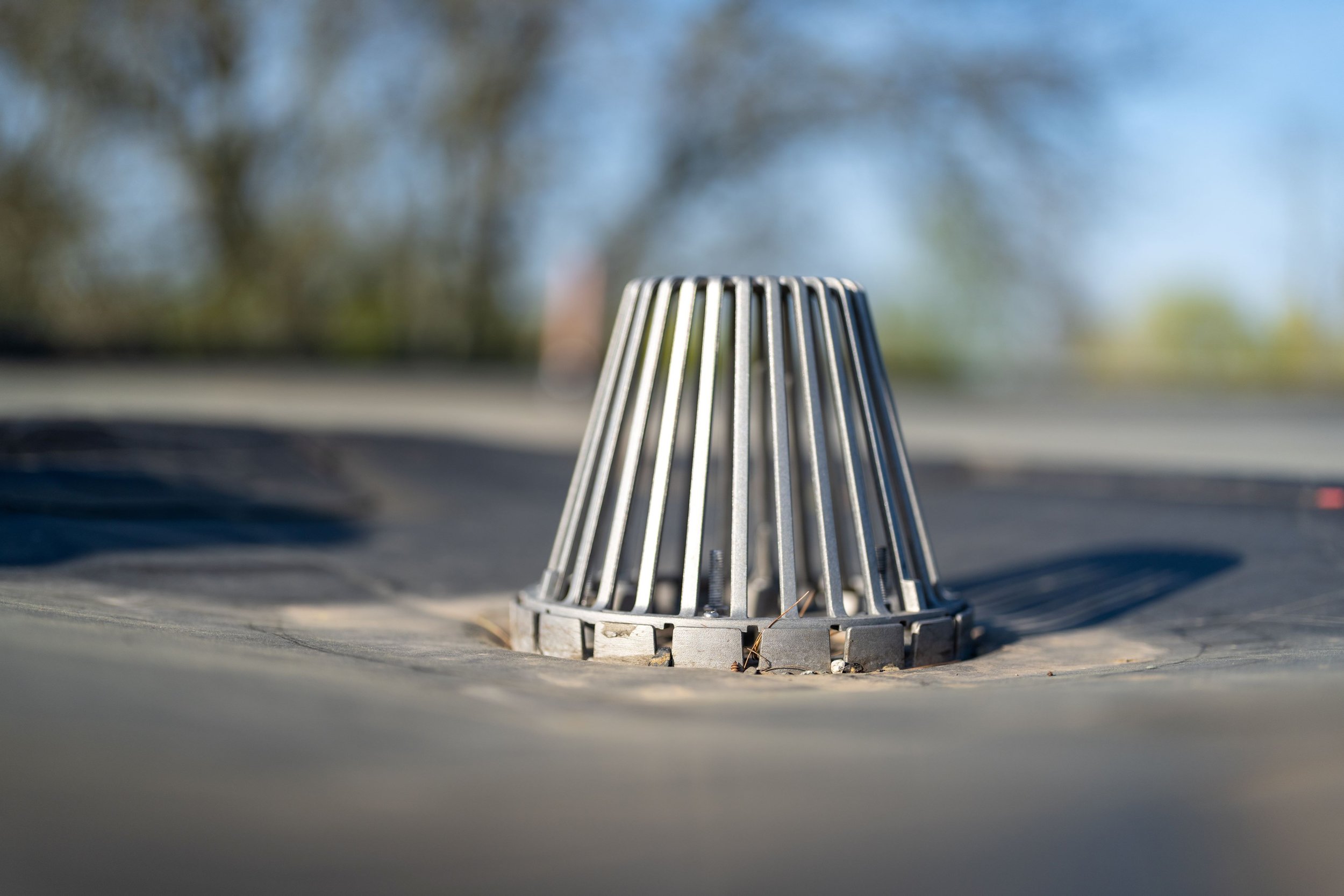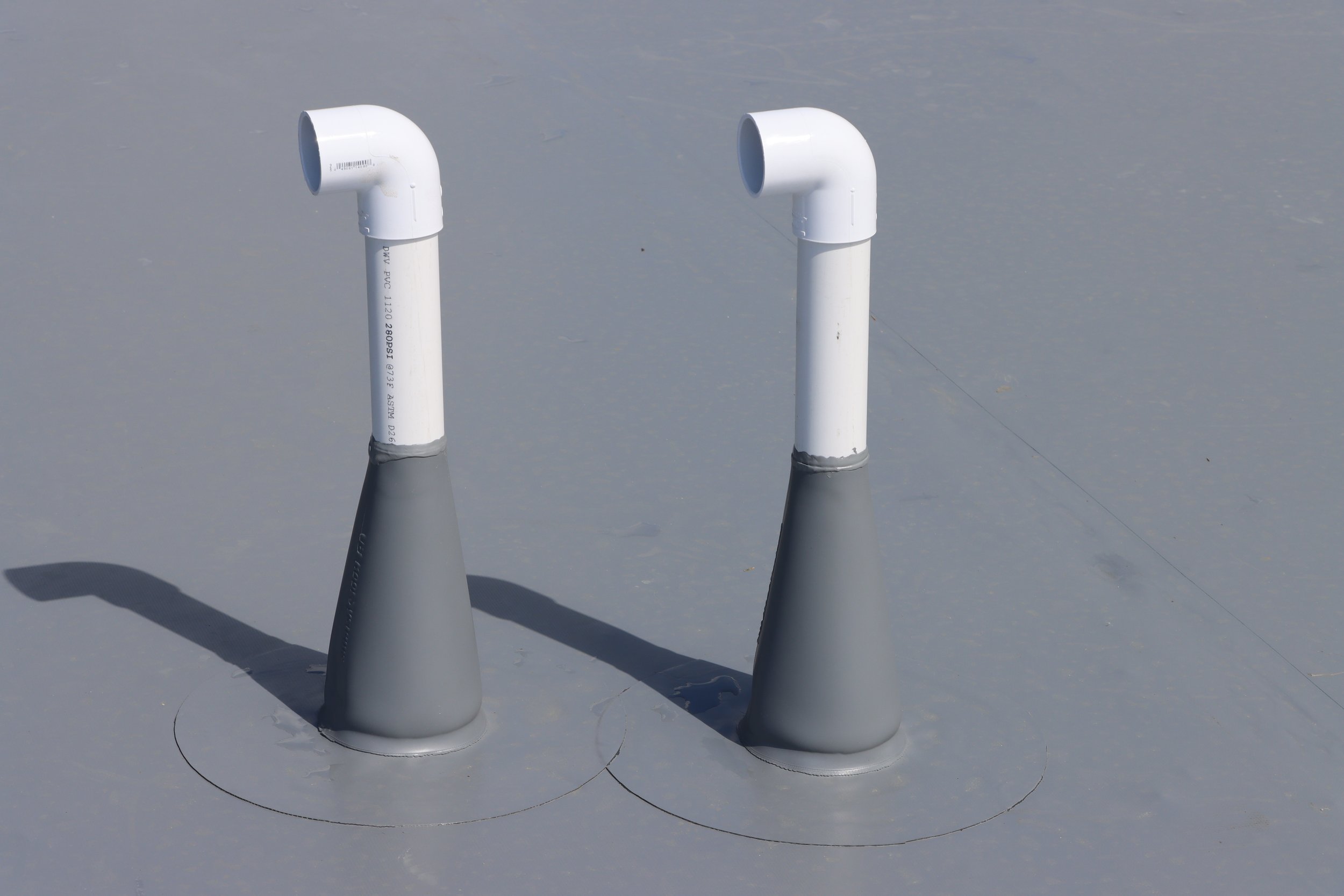Essential Spring Maintenance Tips for Commercial and Industrial Roofs in New England
As the icy grip of winter loosens its hold and spring breathes new life into the landscape, it's time for New England businesses to turn their attention to an essential task: roof maintenance. With the changing seasons comes a unique set of challenges for commercial and industrial roofs in this region. Neglecting maintenance now could lead to costly repairs or even premature roof replacement down the line. In this blog post, we'll explore some key spring maintenance tips to ensure your roof is ready to weather the challenges of the season ahead.
Inspect for Winter Damage: The first step in spring roof maintenance is a thorough inspection to assess any damage caused by winter weather. New England winters can be harsh, with heavy snowfall, ice dams, and fluctuating temperatures taking their toll on roofing materials. Look for signs of damage such as missing or damaged shingles, voids in seams/laps, cracks, leaks, or areas of ponding water. Addressing these issues promptly can prevent them from worsening and causing further damage to your roof and building interior.
Clean Gutters and Drains: During winter, debris such as leaves, branches, and ice dams can accumulate in gutters and drains, causing blockages and preventing proper drainage. Clogged gutters and drains can lead to water backup, which can damage your roof and compromise its integrity. Take the time to clean out gutters and drains thoroughly, removing any debris and ensuring that water can flow freely away from your roof.
Inspect Seals and Flashings: Seals and flashings play a crucial role in preventing water intrusion and maintaining the integrity of your roof system. Spring is an ideal time to inspect seals around vents, chimneys, skylights, and other roof penetrations for signs of wear or damage. Check for cracks, gaps, or deterioration and replace any damaged seals promptly. Similarly, inspect flashings for signs of rust, corrosion, or separation from the roof surface, and repair or replace them as needed to prevent water infiltration.
Trim Overhanging Branches: Overhanging branches can pose a threat to your roof, especially during spring storms with high winds. Trim back any branches that hang over your roof, as they can cause damage by scraping against roofing materials or breaking off and falling onto the roof surface. By keeping trees trimmed and away from your roof, you can reduce the risk of damage and prolong the life of your roofing system.
Schedule Professional Inspection and Maintenance: While there are many maintenance tasks that you can perform yourself, it's essential to schedule a professional inspection and maintenance service for your commercial or industrial roof at least once a year. A qualified roofing contractor can identify potential issues that may not be visible to the untrained eye and recommend appropriate repairs or maintenance measures to ensure the long-term performance and durability of your roof.
Spring is the perfect time to give your commercial or industrial roof the attention it deserves. By following these spring maintenance tips, you can protect your investment, extend the life of your roof, and avoid costly repairs down the line. Don't wait until problems arise—take proactive steps now to ensure that your roof is ready to face whatever challenges the spring season brings.




